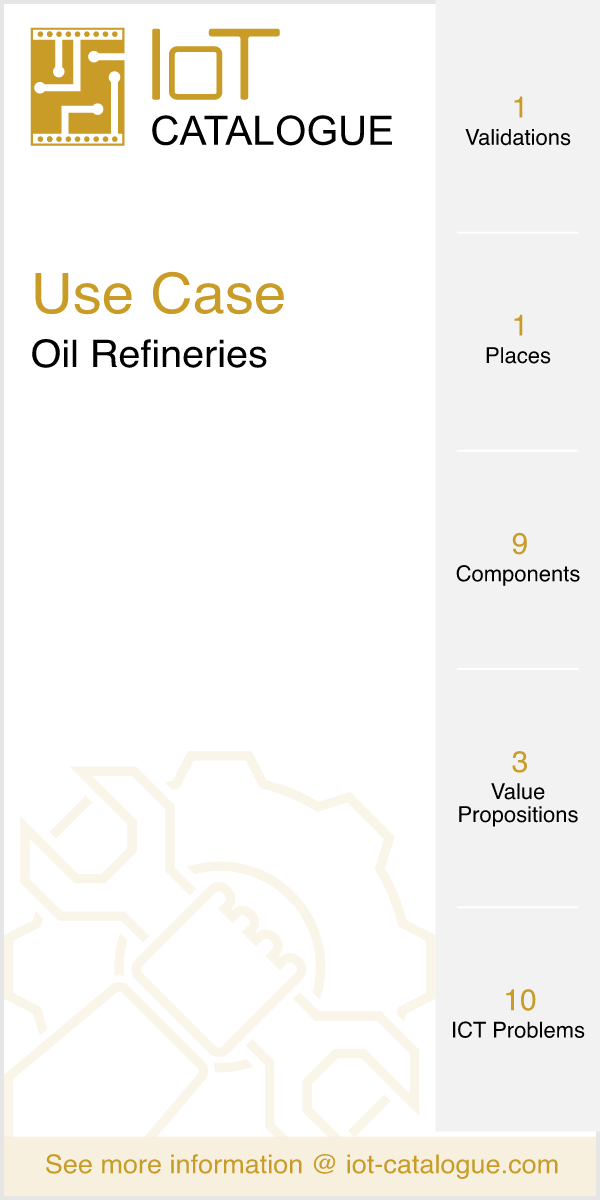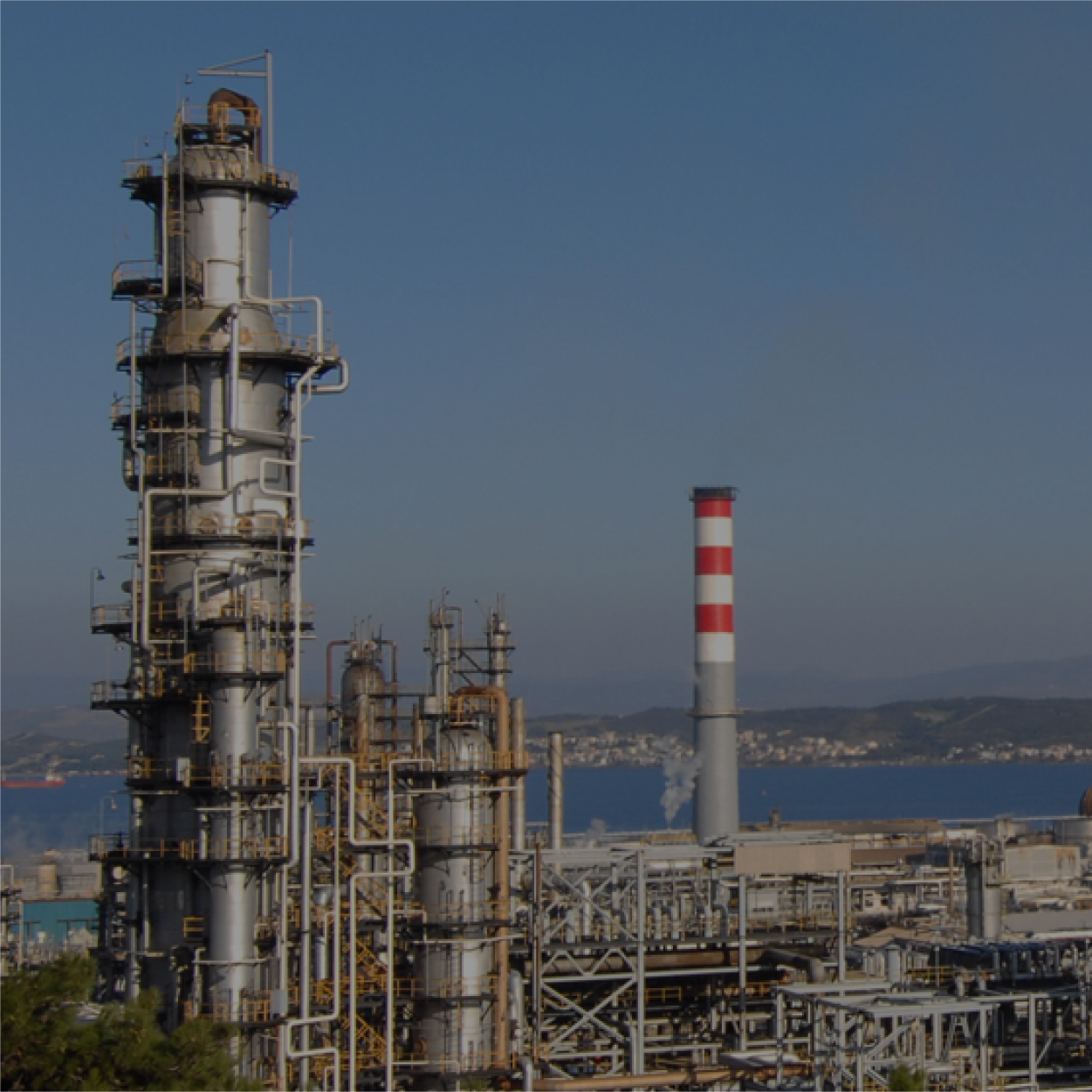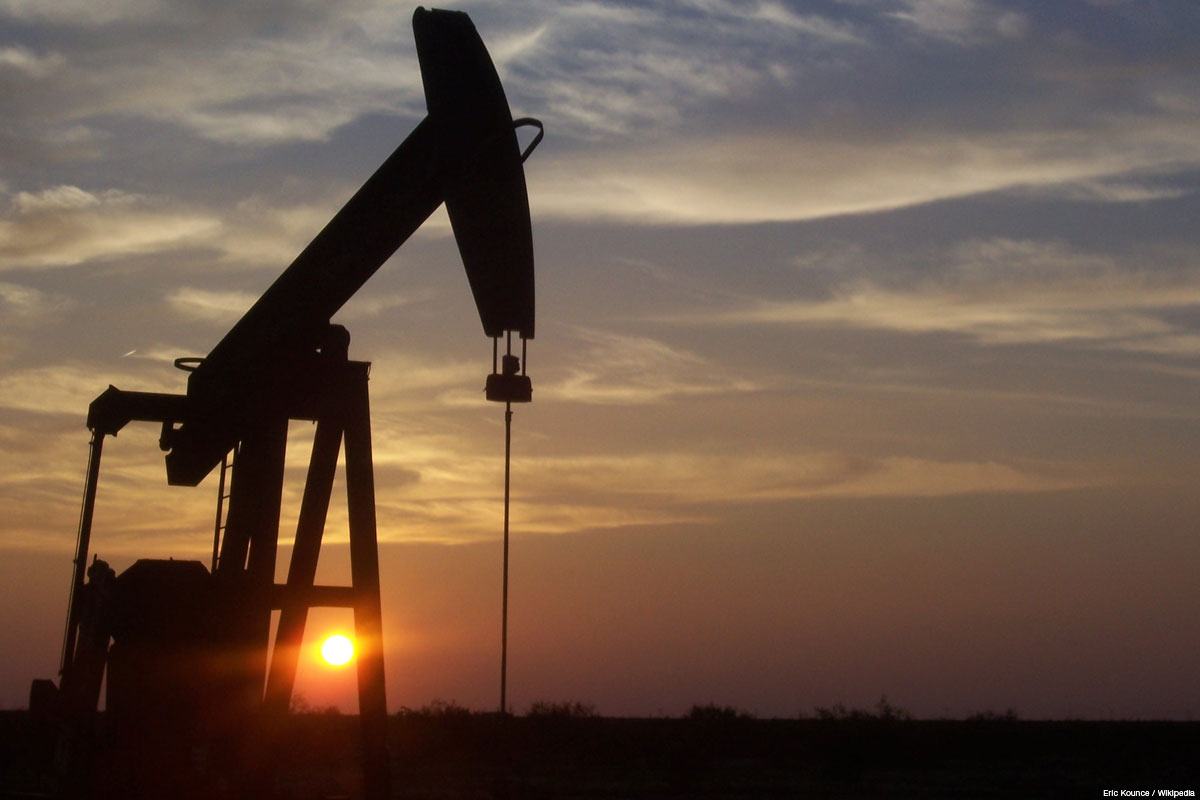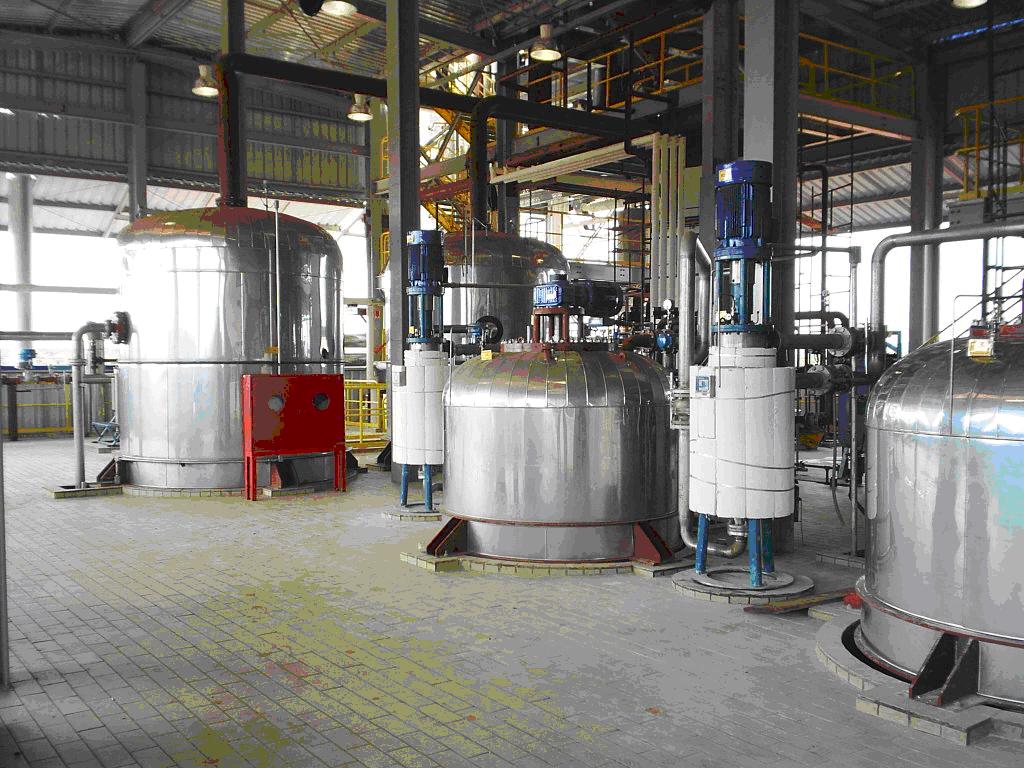Oil Refineries
Description
TÜPRAŞ controls all of Turkey’s refining capacity; it operates four refineries with a total capacity to handle an annual 28.1 million tons of crude oil. A refinery has a 24/7 continuous production and produces many petroleum products such as LPG, naphtha, gasoline, diesel and fuel oil, with high levels of energy consumption. Production plans are determined by optimisation models used by the corresponding Planning Department, based on the product specifications and feed capacities in a monthly basis. Moreover, there is the Energy Management Department which is responsible for the energy optimisation strategies of the refinery. Emerging technologies leading to the cognitive refinery approach are very crucial for producing in a more sustainable and efficient way. Creating an energy and production quality-aware decision support system for production scheduling could be very helpful for energy-based optimisation and intelligent decision-making for the entire refinery.
Each refinery has many different process units which are also interconnected to each other. High complexity and integration make it harder to find and implement optimisation targets both considering energy optimisation and satisfying the production scheduling plan. Monitoring global optimisation targets and product specs realisation is also a need for the Planning Department and the Energy Management Department decision making process. Furthermore, a predictive and prescriptive tool which considers the current production realisation for estimating new targets and evaluating the impact of the new schedule is required. In that regard, there is a missing cognitive connection between planning and scheduling, energy management and MPC that would improve dramatically the decision-making process.
There are multiple production units that contribute to a single product pool. Pools usually consist of intermediate tanks and end product tanks. During the LPG production process, performance indicators (energy and planning optimisation targets) should be monitored and controlled in terms of both end production units and intermediate production tanks accumulation. However, LPG final tanks are the only tanks used for LPG preparation, i.e., there is no additional LPG intermediate product tank. Because of that, having the end-product tank fully compliant to its specs is of primary importance, since there is no intermediate product tank to be used for resolving via blending any out-of-specs issues. This requires for a flexible production system that continuously monitors product specs, detects or predicts anomalies, generates alerts accordingly and readjusts to handle them.
Overall, a toolset hosting the above features could be very useful for allowing the management teams to make decisions that combine energy efficiency and globally optimized production.





